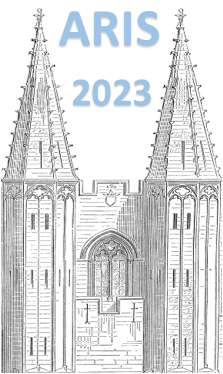Orateur
Description
The isospin formalism describes protons and neutrons as two projections of the nucleon and provides a powerful tool for identifying and classifying states in the vicinity of the line of $N=Z$. Under the assumption that isospin is a good quantum number, a number of relations arise to describe isobaric analogue states their properties. This provides access wealth of information, from tests of the isospin-symmetry conserving nature of the nuclear interaction, to applications in nuclear astrophysics. In truth, however, this assumption is known to be false, broken by the Coulomb interaction and components of the nucleon-nucleon interaction.
Here, we employ mirrored transfer reactions using beams of radioactive $^{21}$Na and stable $^{21}$Ne delivered by the ISAC-II facility at TRIUMF. These are used to populate isobaric analogue states in $^{22}$Na and $^{22}$Ne, respectively, through (d,p). Making use of proton-$\gamma$ coincidences, we are able to selectively probe the single-particle nature of individual states, and probe their isospin purity. I will present initial findings, focusing on the role of isospin mixing in $2^+$ states through single-particle transfer, as well as future directions involving (d,n) data taken simultaneously to the (d,p).

